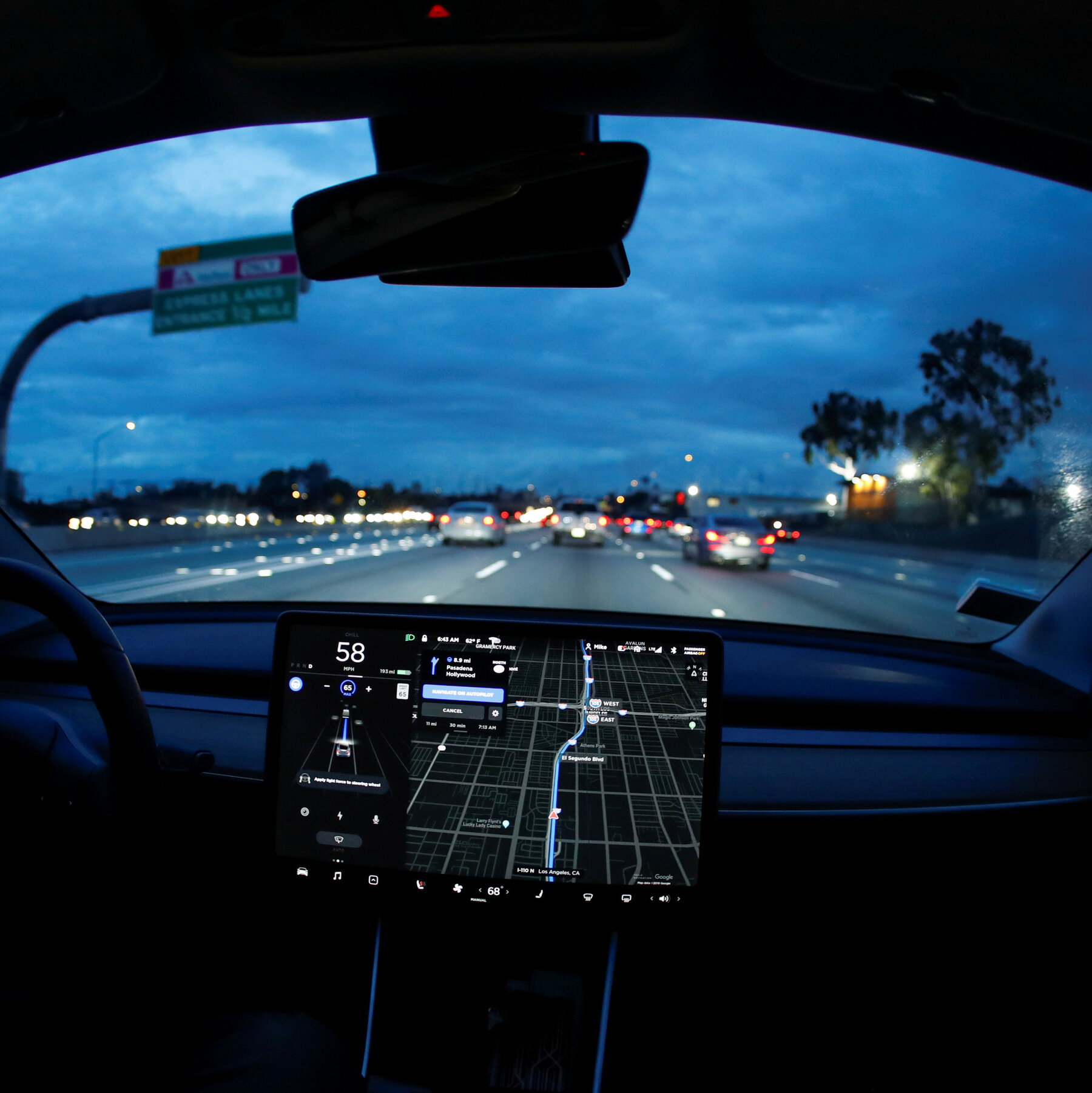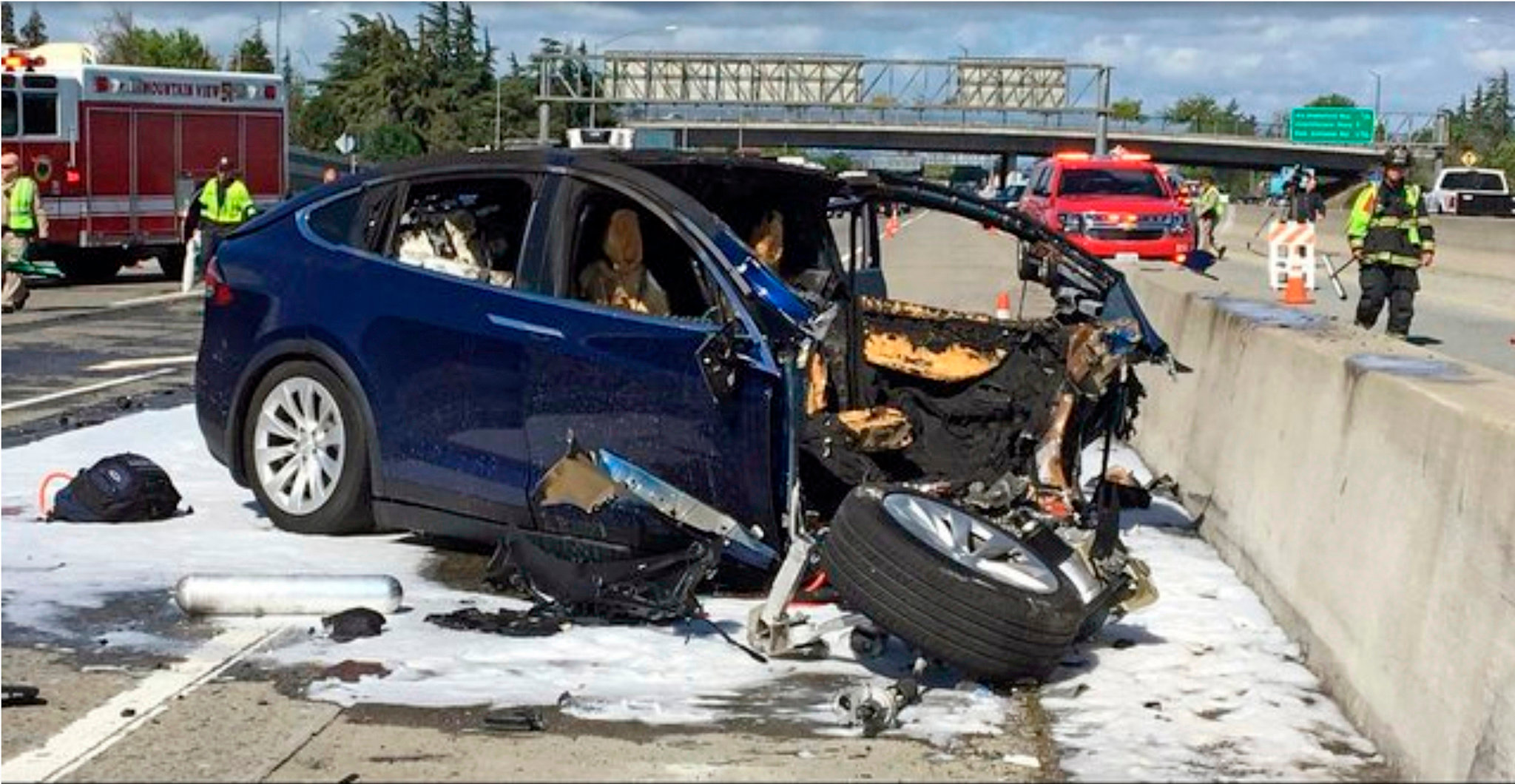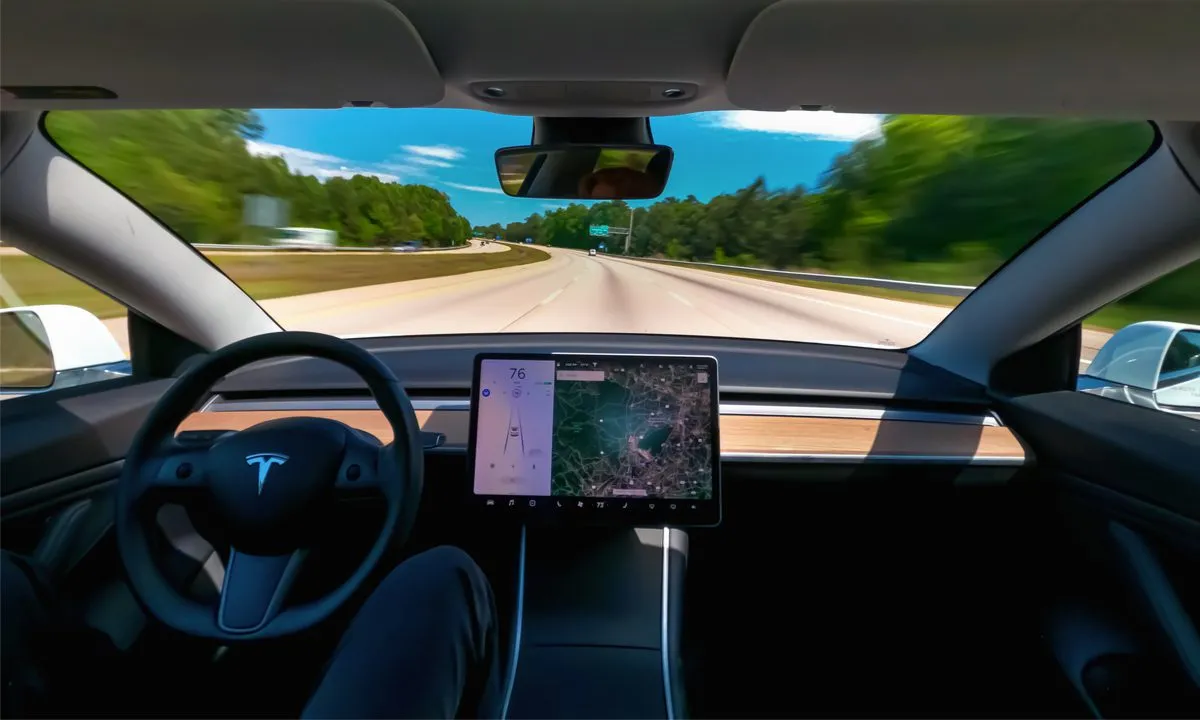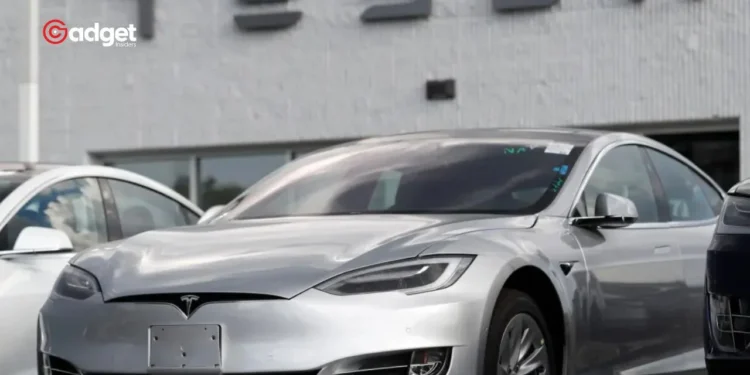On a seemingly ordinary commute, a Tesla owner in Ohio experienced a heart-stopping moment that could have ended in disaster. Craig Doty II, the car’s owner, shared a harrowing account on the Tesla Motors Club forum about how his Tesla, operating in Full Self-Driving (FSD) mode, nearly propelled him into the path of a speeding train. This alarming incident occurred on May 8, 2024, and was documented from multiple angles via the car’s dashcams.

Recurring Fears
This was not an isolated occurrence for Doty. Owning the Tesla for less than a year, he recounted how his vehicle had already made two dangerous attempts to cross train tracks while trains were actively passing. “I have owned my Tesla for less than a year, and within the last six months, it has twice attempted to drive directly into a passing train while in FSD mode,” Doty expressed, highlighting the gravity and repetition of the issue.
The Debate on Full Self-Driving Capabilities
The Tesla Motors Club forum buzzed with activity following Doty’s post. While many users posed questions aiming to unearth the root cause of such a failure, others doubted whether Doty’s car was genuinely in FSD mode at the time of the incidents. FSD, a system touted for its ability to navigate roads with minimal human input, is still expected to be overseen by a driver—so much so that Tesla has rebranded it as “Full Self-Driving
Despite these safety nets, Doty’s experience paints a different picture.
“Both incidents happened at different railroad crossings, where I was the first car at the tracks,” he detailed, confirming that the issue occurred under the specific circumstances of FSD mode, not Tesla’s simpler Autopilot system.

Tesla Near-Miss Incident: Reliability and Accountability
Doty’s situation raises significant questions about the reliability of advanced driving technologies and their real-world implications. While he confirmed that the system functions correctly 98% of the time during his daily 55-mile commutes, the perilous 2% presents an unacceptable risk, especially at railroad crossings—a critical area where precision and reliability are non-negotiable.
After the incident, Doty shared several videos capturing the moment his Tesla nearly collided with the train, along with images showing the aftermath damage to his vehicle. Unfortunately, attempts to get further comments from Tesla were met with silence, leaving the community waiting for answers.

A Call for Enhanced Safety Measures
This incident serves as a stark reminder of the challenges and responsibilities facing both manufacturers and regulators as self-driving technology becomes increasingly prevalent. Ensuring the safety of these systems, particularly in complex environments like train crossings, must be paramount. As we move forward, the integration of robust safety protocols and continuous improvement of autonomous driving software will be critical in preventing such frightful encounters from becoming a common narrative.
For now, Tesla owners and potential buyers are left with a pressing question: How much trust can we place in the hands of our self-driving cars? And more importantly, when they decide to take the wrong turn, are we ready for the consequences?









